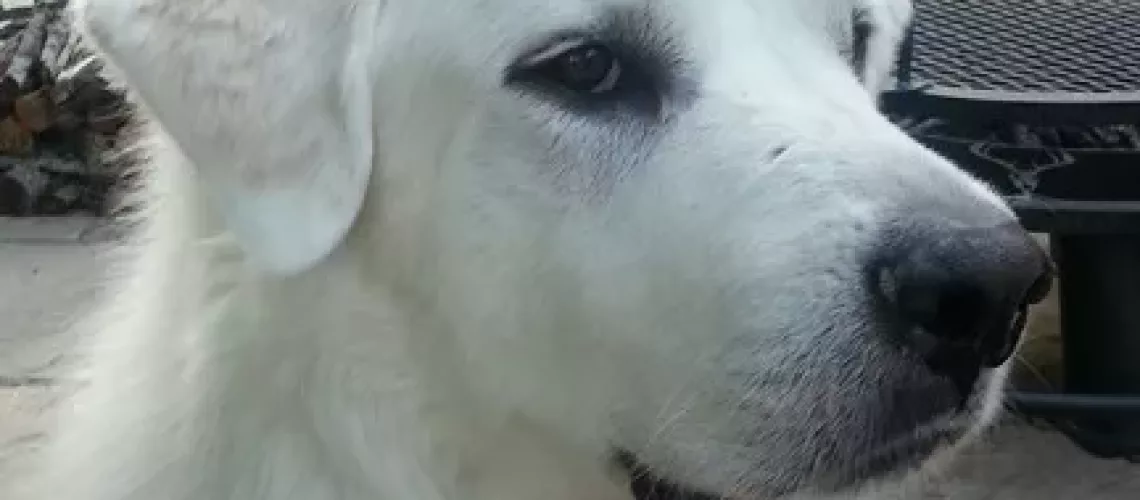- Leash Skills Series #1: Walking a dog
- Leash Skills Series #2: Defining Leash Walking
- Leash Skills Series #3: Leash Training Teamwork
- Leash Skills Series #4: Starting Leash Training
- Leash Skills Series #5: Why a Loose Leash?
- Leash Skills Series #6: Training with Treats – Treats = training tools!
- Leash Skills Series #7: Limitations of “Be a Tree”
- Leash Skills Series #8: Positive Reinforcement for Humans
Dogs learn best through positive reinforcement
Behavior science has documented that dogs learn best through positive reinforcement. Use positive reinforcement to teach leash walking skills. The result will be a dog who curiously tries to do what will get him rewards. He’ll readily pay attention to you – the human at the end of the leash.
Using equipment that limits your dog’s ability to move, tightens up, or zaps them when they pull on the leash results in your dog making decisions based on avoiding pain or fear. You may even end up with a dog who simply gives in to the drag on the leash in a situation termed “learned helplessness.”
Why should your dog think or try, when he doesn’t even know what it feels like to have a loose leash? If the leash is always tight, your dog will use the leash as his guide and not you. He can lean on the leash and move in the direction with the least resistance. He can even have some control over the direction. If you pull harder than the dog, the dog will give in to the pressure. As a result, you may need an ice pack for your arm when you get home!
Create a vision of what you want and a plan to achieve it
“Begin with the end in mind.” – Stephen Covey
You need a vision of what you want. Define how you want your leash walking to look. Training begins inside your brain. One of the procedures Olympic athletes and other high-level performers use is visualization. They actually “practice” their routines and techniques in their minds before starting to do anything physical. Try it, and then practice walking as though you’re with your dog, holding the end of a loose leash, when it’s just you. Create your own habits first, before bringing the dog into the picture. Let the vision of what you want guide you. Create the training plan you need to teach the dog the individual behaviors that lead to that result.
Dogs don’t naturally walk on leashes
Dogs don’t “come with” leash walking skills. It’s not innate, and in fact, it’s quite foreign to them. Consider what it might be like to have a line attached to you and someone pulling you around with it when you have your own ideas of where you’d like to go. Wouldn’t it be nice to be invited to come along, instead? Training is required, for humans and dogs.
“You can’t expect an animal to reliably perform a behavior you haven’t gone through a teaching process to train the animal to do.” – Alexandra Kurland
Training a dog to walk with you as a partner involves learning to communicate effectively with your dog, teaching him to do his part to keep the leash between you loose, and doing your part to scope out a pathway for the two of you that works for both. Start training indoors, somewhere you and the dog can focus solely on the skills you’re working on, with these goals in mind. Our next installment in the leash skills series will help you get started on turning your walks into joyful experiences for you and your dog.
Leash Skills Series #3: Leash Training Teamwork


